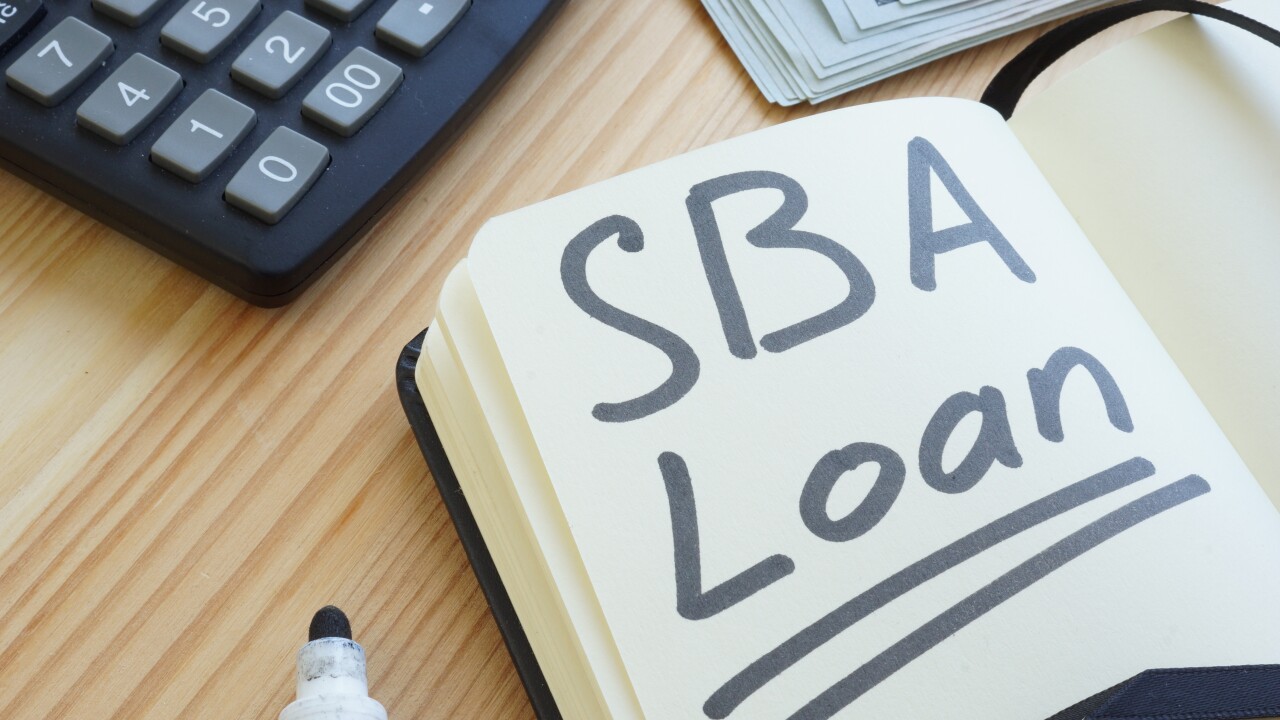There’s no clear winner yet in the “war on cash,” so investment is flowing into technology that’s designed to accommodate a wide set of payment options that can still take cash along for the ride.
For example, Stripe and General Catalyst recently invested $40 million in Rapyd to fuel a Software-as-a-Service checkout product designed to power a single reconciliation for more than 500 localized payment types in more than 100 countries — including cash, transfers, local cards and digital and mobile wallets.
It’s designed to address a trend in which payment innovation is clearly advancing, but not without friction and backlash. Even in countries with a vigorous digital payments program, such as

And the quandary isn’t limited to specific markets. In the U.S.,
But there's still ample reason to push cashless innovation. USA Technologies found growth at its unattended kiosks when it introduced contactless mobile payments. Following an advertising campaign that featured Apple Pay as the suggested payment method, overall transactions, revenue and revenue through contactless purchases all jumped, USAT reports, citing a study conducted with Michigan State University.
There are two main benefits to the cashless payments perspective, said Maeve McKenne Duska, a senior vice president at USAT. First, more consumers have the ability to pay with whatever is in their pocket; and second, as different payment types continue to proliferate, it will be important for retailers to ensure they can accept consumers' preferred payment methods. The obvious benefit is increased sales and revenue.
USAT also recently completed a pilot promoting Apple Pay Cash and saw a similar uptick in participation at the machine.
“There is also the idea that cashless payments [are] taking away the anonymity that comes with a cash purchase,” McKenne Duska said. “With cashless payments, operators are able to do interesting things because of your ability to connect to the consumer.”
Merchants are faced with the
“There’s an aggregation of the cash payment and e-wallet payment, so we’re addressing both,” said Helcio Nobre, chief product officer at Rapyd. “It really depends on the country. You have some countries in
Rapyd's new system is designed to manage local compliance issues, and uses an API and SDK to integrate myriad payment types, such as mobile, contactless, in-app and cash into a digital application. Rapyd, which has a presence in London, Silicon Valley, Singapore and Tel Aviv, uses local partnerships to build a cash acceptance network that merchants can integrate with to accommodate digital and cash transactions.
“If a store does not take cash they could use this [integration] to take cash and display that as an option,” Nobre said.
The checkout system is also designed to power other complex use cases that come with digital payments that have little to do with cash. A new partnership with OCBC Bank in Singapore enables consumers to directly access bank account funds by choosing a "Pay with OCBC Pay Anyone" feature in merchants' apps, avoiding the step in which the consumer has to exit the retailer's app to perform a digital banking transaction before navigating back to the retailer's app.
“The Rapyd offering is a powerful concept that offers a wide range of acceptance alternatives for a merchant including cash and alternative payments,” said Thad Peterson, a senior analyst at Aite Group. “It’s the start of a major trend toward any-to-any transactions, allowing consumers and merchants to conduct commerce regardless of geography or tender type. It’s the ‘war on friction.'”
The result is an environment in which global commerce could be freed from traditional constraints and complexity, Peterson said. “We’re going to see this quickly emerge into a new payment processing category, and competition will come very quickly.”





